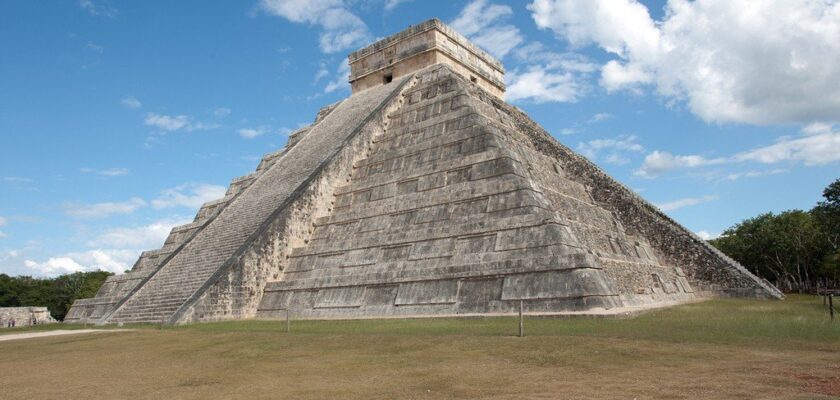Chichen Itza
Hidden in the darkness of time, the history of the mysterious Maya tribe and its powerful civilization still raises a lot of questions to which scientists have no answers. We still can not say what caused the fall of this formidable colossus.
Chichen Itza is one of the largest, most majestic and most well restored monuments of the Maya era. The famous pyramids and temples of Chichen Itza are the most famous of the ancient monuments of the Yucatan Peninsula. Walking among the stone platforms, pyramids and ceremonial halls, one begins to better understand and appreciate the high civilization of remote antiquity.
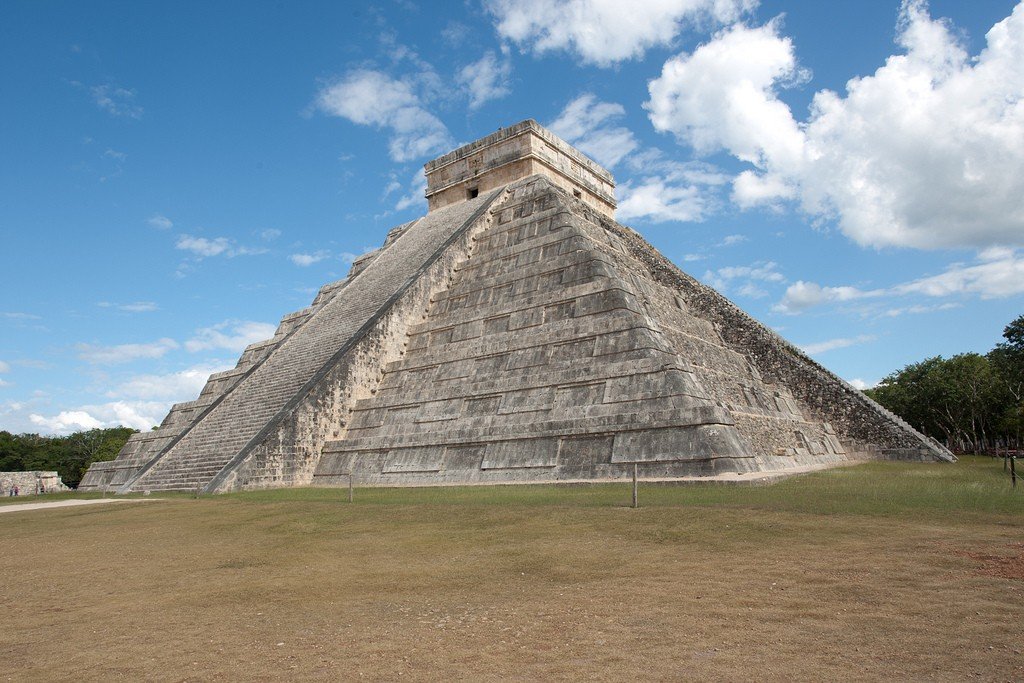
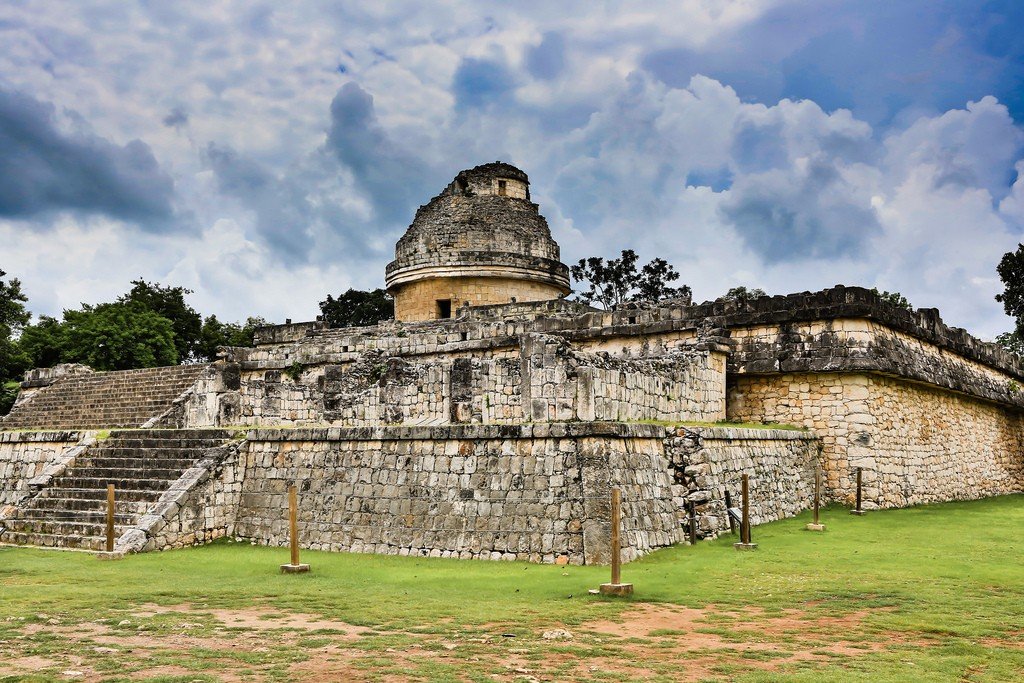
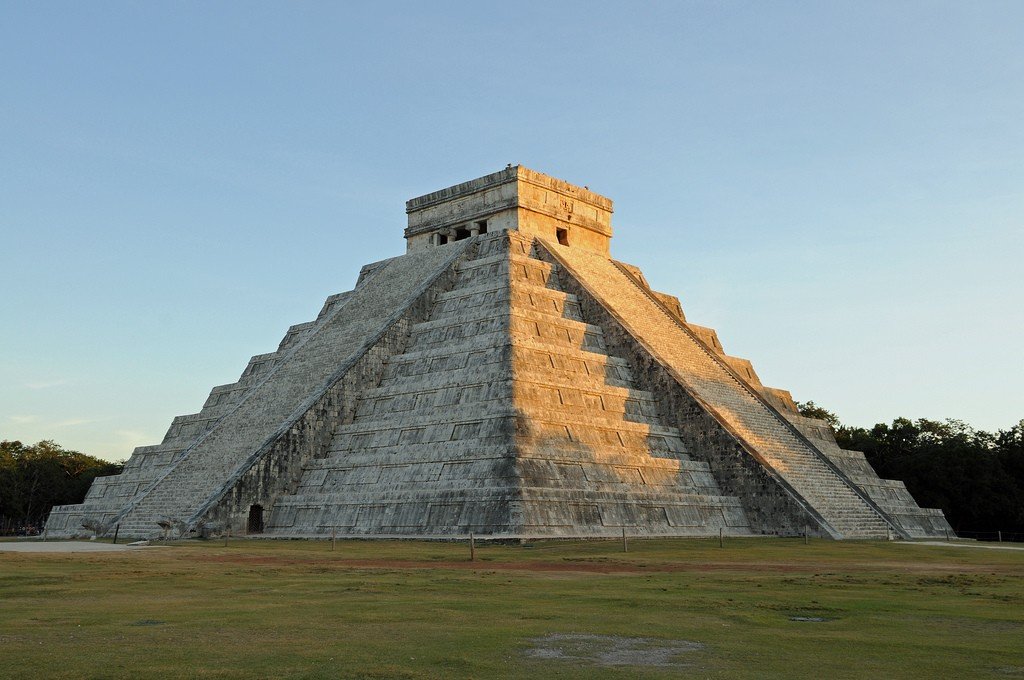
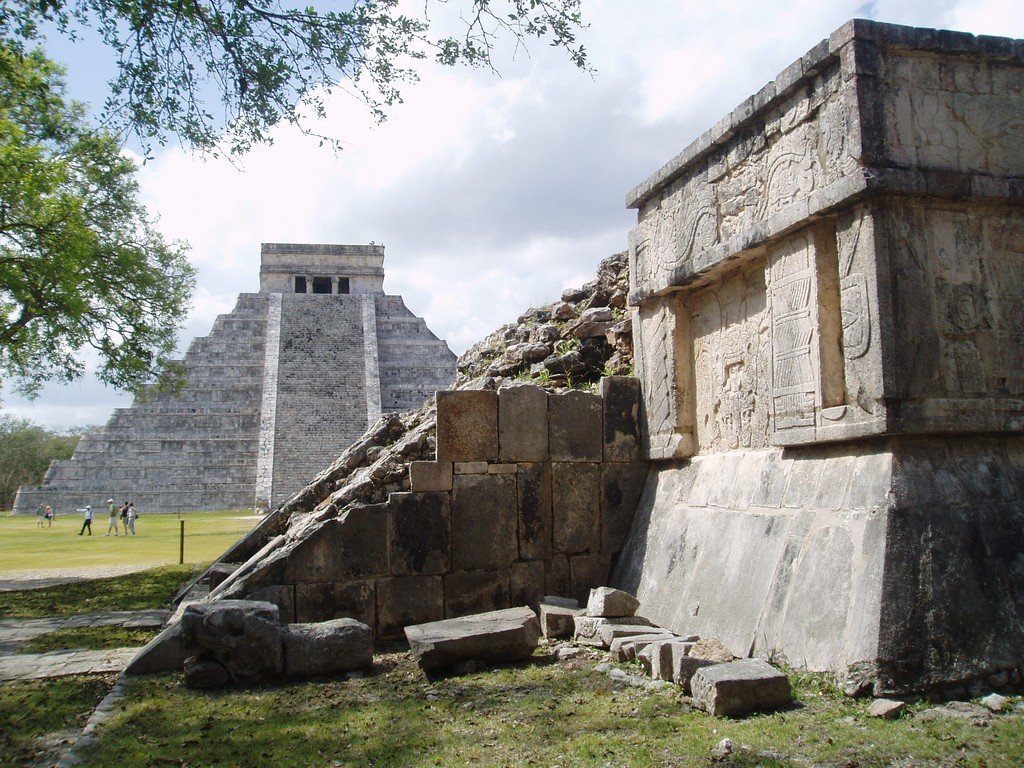
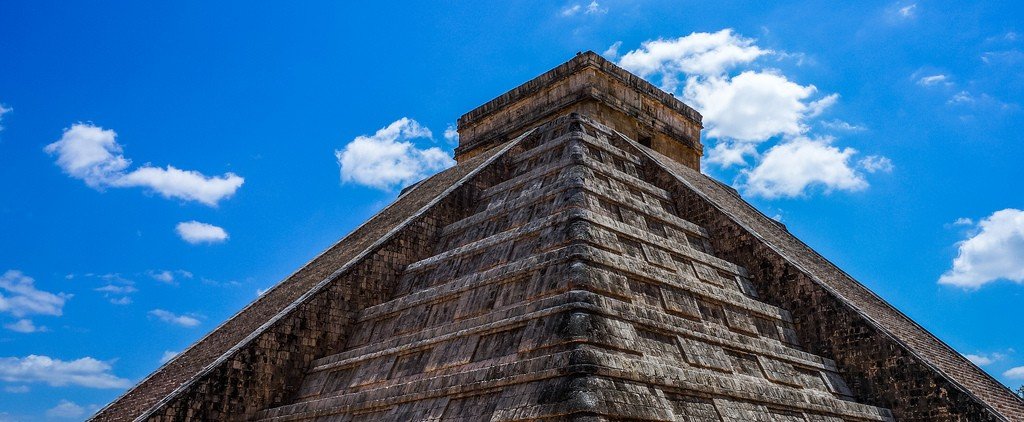
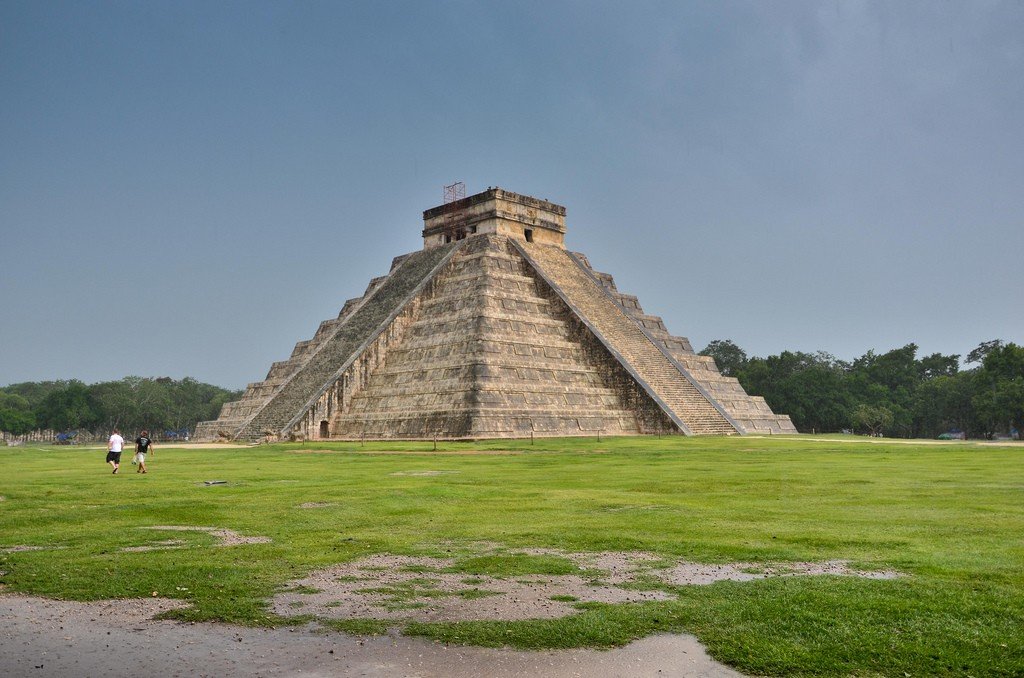
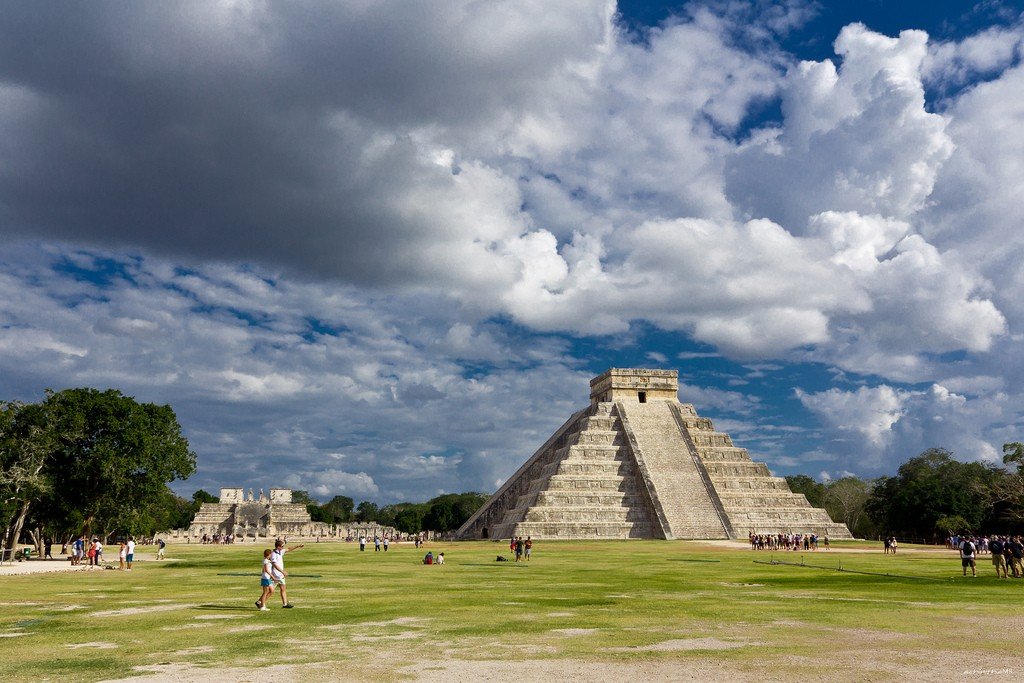
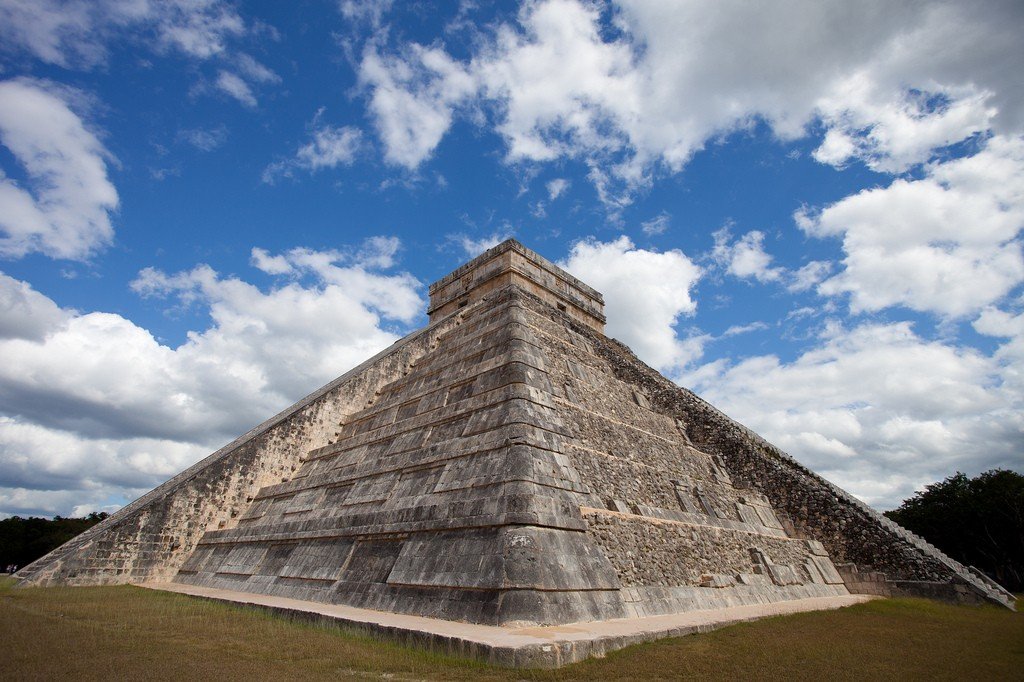
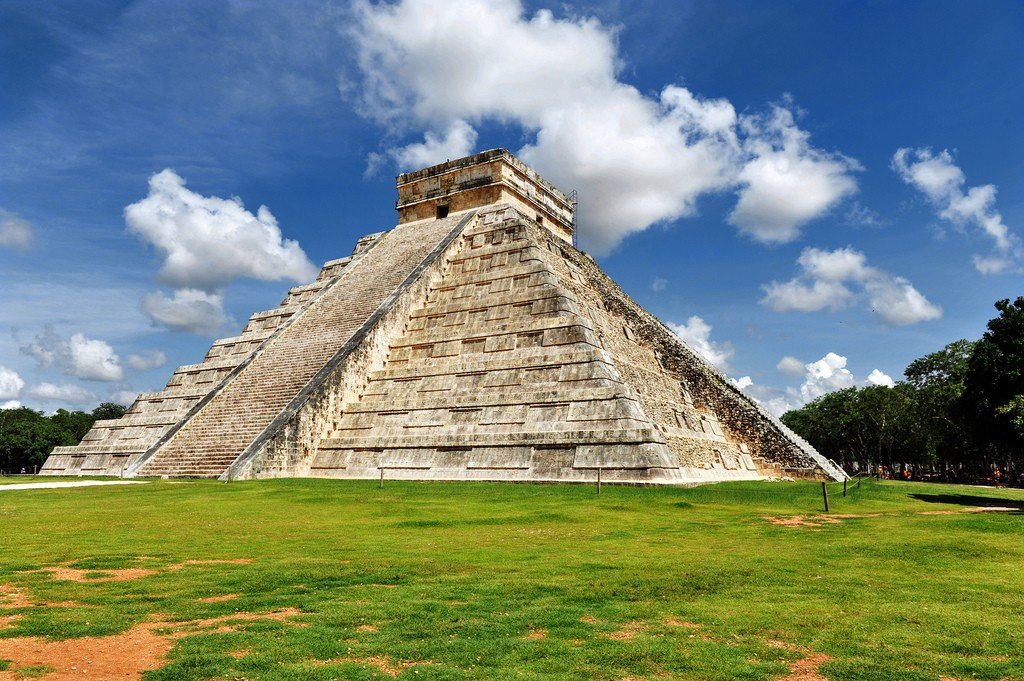
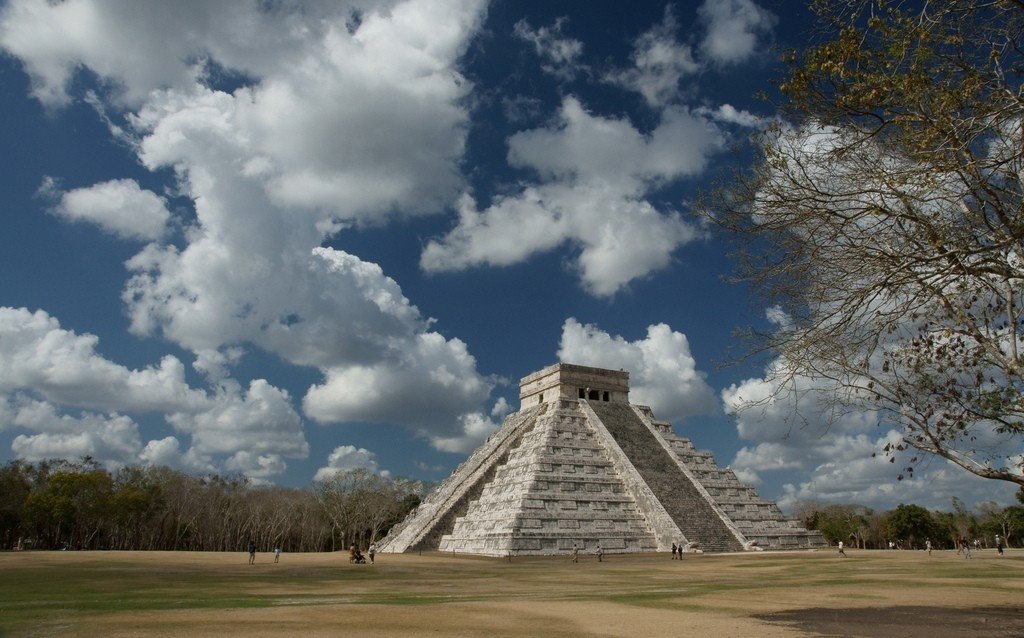
General Information
The city of Chichen Itza was once an important trading and ceremonial center. It is believed to have been built between 600 AD and the end of the first millennium AD. The Mayans were good mathematicians, engineers and astronomers, as the buildings preserved here prove. If you want to see as much as possible, we advise you to arrive early – at 11.00 am the crowds are already gathering here. Remember also that closer to noon it will become unbearably hot, and there is almost no shade.
.
You can see the temple of El Castillo, built in the form of a pyramid and dedicated to the god Kukulkan (Quetzalcoatl), depicted as a feathered serpent with a human head. It is said that this serpent, slithering down from the pyramid, can be seen twice a year – on the vernal and autumnal equinoxes (September 21 and March 21). At three o’clock in the afternoon, the sun’s rays illuminate the western balustrade of the pyramid’s main staircase in such a way that light and shadow form an image of seven isosceles triangles, which in turn make up the body of a thirty-seven-meter snake, “crawling” as the sun moves to its own head carved into the base of the staircase. The phenomenal performance lasts about 3.5 hours and attracts a massive crowd. In ancient times, the appearances of the serpent served as signals for the beginning of the sowing of grains or the harvest.
.
Don’t miss the opportunity to see also the preserved fragments of a large ball field, the Juego de Pelota; it was larger than modern soccer fields and the balls flew up to a height of 6 meters! Prisoners captured in wars were forced to play here; it is not known whether they were sacrificed as winners or losers, but it is known that their heads, along with many others, were displayed on spades on the Wall of Skulls, Tzompantli.
.
However, not all the remains of sacred victims ended up here. The sacred cenote, Cenote Sogrado, is an impressive natural well 90 meters in diameter in which explorers found not only gold bars and jadeite jewelry, but also children’s skeletons. Looking into the 20m-deep abyss, you can imagine the horror of the condemned before they were sacrificed to the rain gods, and 170km (about 3 hours’ drive) from Cancun on the road to Merida. 8.00-17.00 daily. Buses run frequently from Cancun and other Riviera Maya resorts. They usually take organized excursions. From Cosumel and Isla Mujeres, many tourists arrive directly with their luggage to go home the same day – it’s cheaper and not as tiring.
.What to see
- “Temple of Kukulcan” is a 9-stage pyramid (24 meters high) with wide staircases on each side. (On the days of the vernal and autumnal equinoxes (March 20 and September 22) at approximately three o’clock in the afternoon, the sun’s rays illuminate the western balustrade of the main staircase of the pyramid in such a way that light and shadow form the image of seven isosceles triangles, which in turn make up the body of a thirty-seven-meter snake, “crawling” as the sun moves to its own head, carved in the base of the staircase.);
- The “Temple of the Warriors at Chichen Itza” on a low 4-stage pyramid and the “Temple of the Jaguars” (both with wall paintings);
- Caracol Observatory;
- 7 “stadiums” for ball games (“The Great Ball Field” (Huego de Pelota) is the largest playing field ever created by the Maya. The length of the playing field reaches 135 meters. There is some evidence that the ball game was accompanied by a certain cruelty.);
- Ruins of 4 colonnades forming a giant rectangle (“Group of a Thousand Columns”);
- The sacred cenote is a natural well about 50 meters deep, which served for sacrifices. .
- Also preserved are statues of deities with characteristic stylization of plastic forms, reliefs rich in floral and geometric ornamentation, works of fine plastics and artistic crafts, etc.
History
During their heyday, the Maya managed to erect many architectural monuments that amaze us with their size and beauty. The jewel of this treasure trove is the temple of Chichen Itza, located on the Yucatan Peninsula in southern Mexico. It is believed that Chichen Itza was erected in the second half of the first millennium, when the Mayan rulers ordered the construction of a large city around three natural reservoirs. Thanks to the underground springs that fed the lakes, the city’s population had plenty of water all year round.
.
Tens of thousands of Maya participated in the construction of the city designed for the rulers and priests and their families. Ordinary members of the tribe lived in mud huts and worked tirelessly in the fields, providing grain and meat for the city and serving the ruling elite.
.
The Maya rulers were gaining strength every year, so the sudden collapse of their empire at the end of the IX century seems all the more strange and surprising. Apparently, Chichen Itza was simply abandoned by its inhabitants at this time. Scientists have found such traces of catastrophe as drought, crop failure and famine, or a combination of all three, but even this does not explain such a rapid decline of a powerful civilization. Only a small fraction of the Maya survived – only to fall under the heel of Spain in the 16th century. Spanish chronicles mention the Maya as a primitive tribe living off the fruits of the surrounding jungle. Not surprisingly, European conquerors very quickly became masters of the situation.
.
The power of the ruler of Chichen Itza was symbolized by his throne, perched on top of the pyramid of Kukulcan. With a height of 30 meters, it dominates all the surrounding buildings. The most complex iconography, as well as the numerical proportions embedded in the construction indicate that the Maya possessed extensive technical knowledge. The pyramid itself can be considered an example of “magic of numbers” used by the Maya. On its ground floor there are 4 flights of stairs, on 91 steps in each. 4 X 91+1 (the basement itself) = 365, number of days in a year. Opposite the pyramid of Kukulkan stands the Temple of the Warriors (Templos de los Guerreros). Its attraction is the Hall of 1000 Columns, supposedly serving as a barracks. Its back doors open onto a ball court measuring 91 X 36 m.
.Images of snakes are ubiquitous in all Chichen Itza structures. Kukulkan, “serpent-crawling out of the tower,” and Quetzalcoatl, “feathered serpent,” were considered by the Maya as the main deities. And belief in them could not destroy even the collapse of the state itself. When the Spaniards landed on Yucatan in the 16th century, the feathered serpent was still considered the main deity among the descendants of the Maya and Mexican Aztecs.
.Chronology
- Ok. 435-455 г.: According to the much later Chumayel chronicle, Chichen Itza was laid out between 435 and 455 CE. The city is believed to have been abandoned by its inhabitants by the end of the 9th century.The Toltecs conquered the city in 987 .
- 999: The Maya ruler of Tula, named Quetzalcoatl in honor of the chief deity, died.
- 1533: Yucatan is conquered by the Spanish.
- 1841-1842: John Stevens’ explorations initiated the scientific study of Chichen Itza.
- 1904-1907: Speleologists discovered a spring recognized as “holy,” or “mystical.”
- 1923: Beginning of systematic excavations at Chichen Itza. F 1988: Chichen Itza is inscribed on the UNESCO World Heritage List. .
